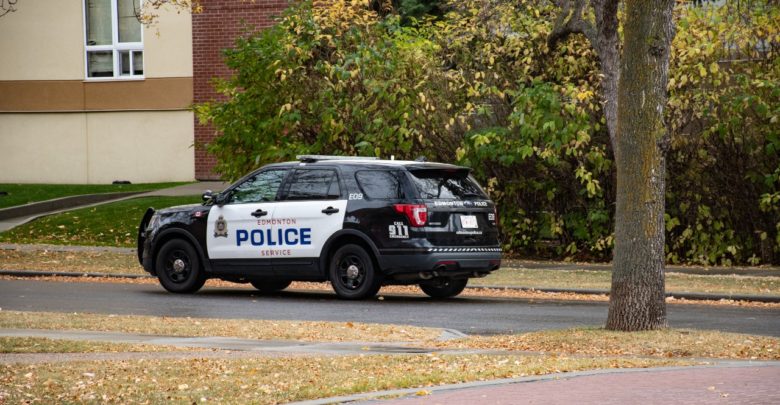 Cody Shimizu
Cody ShimizuSafety on campus has become an increasingly pressing concern at the University of Alberta. Incidents of harassment and assault have led students to question the effectiveness of current security measures. Discussions online, such as a post on the r/uAlberta subreddit detailing a sexual assault in HUB Mall, have sparked concern and highlighted the need for more robust safety protocols.
U of A Protective Services (UAPS) provides key services like patrolling campus and incident response. The U of A Students’ Union (UASU) also offers Safewalk, a program where volunteers will walk with students so they aren’t alone. However, recent incidents demonstrate that gaps remain in ensuring a secure environment for students, staff, and faculty.
UAPS operates as the university’s primary security service. It’s responsible for responding to incidents, maintaining a visible presence, and logging crimes or disturbances on campus. UAPS’ incident log reveals the range of safety concerns on campus, from theft to physical assaults. This range of safety concerns underscores the necessity of their role. Yet, many students feel these measures fall short of addressing their day-to-day safety concerns.
This is particularly a concern in high-risk areas like HUB Mall and the university LRT stations. The Reddit post describing an assault in HUB, a frequently trafficked space, illustrates the unease many students feel, even in areas designed to be central, accessible, and presumably safe. This issue is not unique to the U of A — students report feeling at risk due to insufficient security measures across Canadian campuses.
One major concern is the lack of visible patrols in areas that students frequently navigate during late hours. Other complaints have included inadequate lighting on poorly illuminated pathways and the absence of emergency call boxes in key areas. Improvements in campus infrastructure can significantly reduce the likelihood of crime. Yet, these upgrades often lag behind the needs of the growing student population.
Another critical issue is the way safety information is communicated. While UAPS maintains an incident log, students have expressed frustration over delayed updates and limited real-time communication about threats. In contrast, universities like the University of British Columbia (UBC) have implemented mobile safety apps that send notifications about ongoing incidents. The U of A could adopt a similar model to improve the communication of safety information.
Beyond physical security measures, education plays a vital role in creating a secure campus environment. Programs focused on bystander intervention, recognizing harassment, and understanding consent have proven effective at reducing incidents of violence. Awareness campaigns can empower students to act responsibly and support each other.
The impact of safety concerns on students’ mental health and academic performance cannot be overstated. Anxiety about personal safety can lead to decreased attendance, reluctance to engage in campus activities, and overall isolation. Students who feel unsafe are more likely to experience stress and depression, which can negatively affect their academic outcomes. At the U of A, stories shared on platforms like Reddit echo these findings. More than once I’ve seen students recount avoiding evening classes or campus events due to fears about harassment or assault.
Collaboration between the university, UAPS, and external organizations is essential to address these concerns comprehensively. Partnering with local law enforcement, such as the Edmonton Police Service (EPS), could provide additional resources and expertise in handling complex safety issues. Furthermore, engaging community organizations like the Sexual Assault Centre of Edmonton (SACE) can help enhance support services for survivors of harassment and violence, creating a more inclusive and supportive environment.
It is equally important to involve students in the conversation. Platforms like the UASU and grassroots initiatives have the potential to amplify student voices. Community leaders can play a key role in ensuring that safety measures align with the needs and experiences of the campus community. A recent presentation by the Indigenous Students’ Union (ISU) to the UASU Students’ Council highlighted ongoing safety concerns, particularly for Indigenous students. This emphasizes the need for increased security measures and awareness initiatives on campus. Indigenous students often feel unsafe in certain areas of campus, citing instances of harassment and discrimination. ISU representatives stressed that safety is a major issue affecting students’ well-being and ability to fully participate in campus life. Student-led advocacy is critical for driving institutional change and holding universities accountable for safety concerns.
The U of A has taken steps to prioritize safety, but there is room for improvement. By addressing gaps in infrastructure, enhancing communication, and encouraging a culture of education and collaboration, the university can make significant strides in creating a safer campus. Open dialogue and proactive safety measures are also key. It’s important that all members of the U of A community feel secure and supported in their pursuit of academic and personal success.




